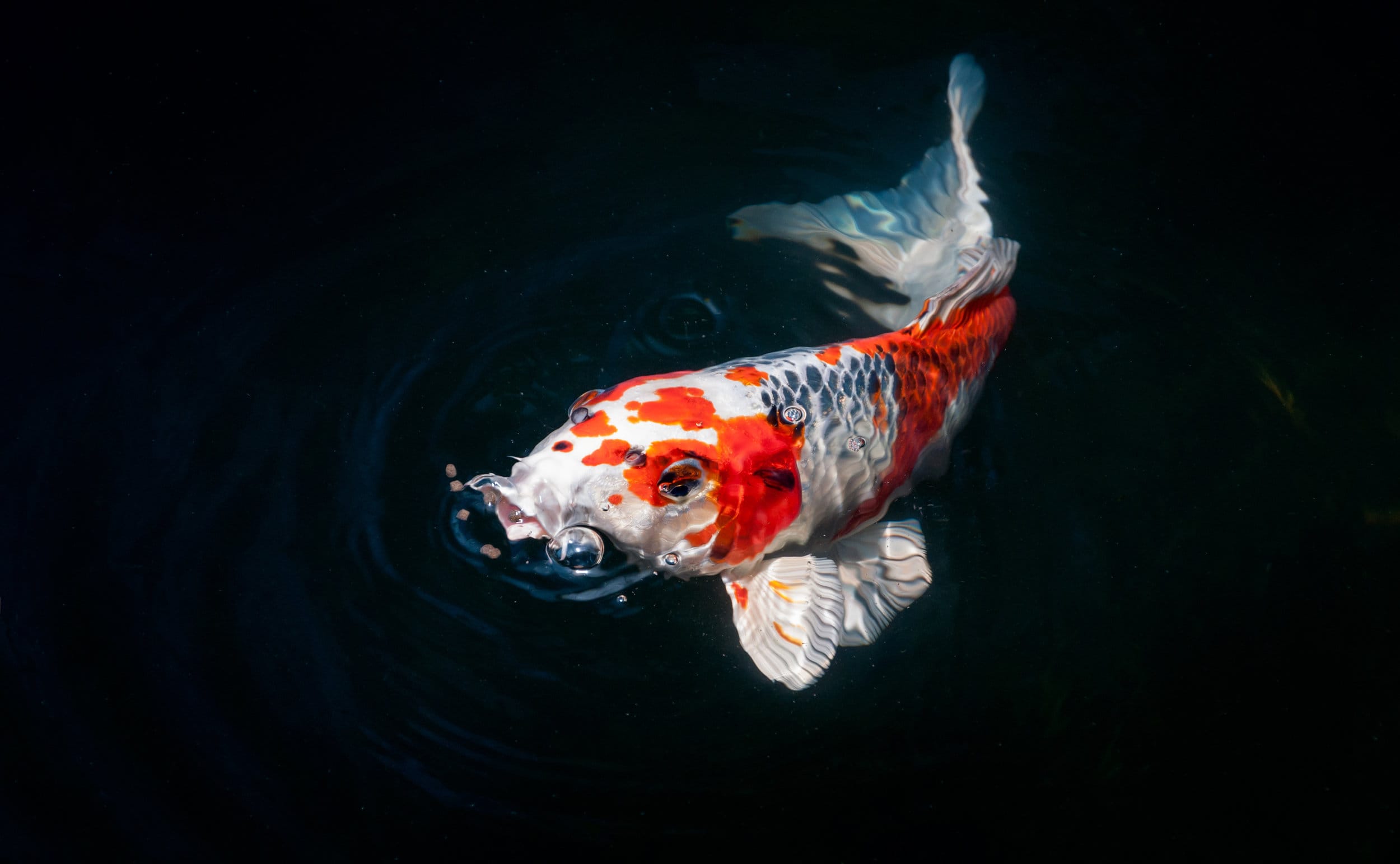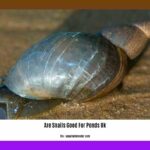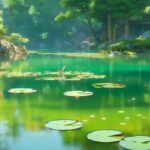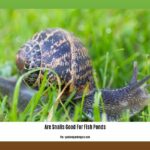Koi, those living jewels of the water garden, captivate with their vibrant colors and graceful movements. But how long can these enchanting creatures grace our ponds? While average lifespans range from 15-40 years, exceptional koi have lived for over a century, proving that genetics and meticulous care can significantly extend their lives. Let’s dive into the secrets of koi longevity and explore how you can help your finned friends thrive for years to come.
Do you know the well-known kids’ song ” kookaburra sits in the old gum tree lyrics“? If you are a kid from Australia, It surely brings back some old memories.
Decoding Koi Lifespan: A Tale of Genes and Environment
So, just how long can a koi live? The answer is a fascinating blend of nature and nurture. Beyond the Average: Japanese koi, bred from ancient lineages, boast longer lifespans (averaging 40 years) compared to their domestic counterparts (15 years). This difference highlights the power of genetics, a key player in the koi longevity story. But genes aren’t the whole story. Even a koi with a stellar pedigree needs the right environment to flourish. Think of it like this: a top athlete won’t reach their full potential without proper training and nutrition. Similarly, your koi’s lifespan depends on a combination of inherent traits and the care you provide.
The Seven Pillars of Koi Longevity
7 Key Factors Influencing Koi Lifespan: Water quality, oxygen levels, pH, diet, genetics, environment, and disease prevention all play a crucial role in determining your koi’s longevity. Let’s break down these crucial factors:
1. Genetics: The Foundation of Longevity
Just as some families seem blessed with longevity, certain koi bloodlines are predisposed to longer lives. Japanese koi, meticulously bred for generations, often outlive their domestic cousins. This doesn’t mean a domestic koi can’t live a long life, but it does highlight the influence of genetics.
2. Water Quality and Temperature: The Elixir of Life
Imagine trying to live in polluted air – not pleasant, right? Koi feel the same about dirty water. Maintaining pristine water quality is paramount. Regular water changes, efficient filtration, and keeping the water temperature within the ideal range (59-77°F or 15-25°C) are essential for koi health and longevity.
3. Oxygen: The Breath of Life
Koi, like all fish, need oxygen to survive. Stagnant water can quickly become oxygen-deprived, stressing your koi and potentially leading to illness. Aeration systems, waterfalls, or even strategically placed plants can help maintain adequate oxygen levels.
4. pH Level: Finding the Sweet Spot
pH measures the acidity or alkalinity of water. Koi thrive in a slightly alkaline environment (pH 7.0-7.5). Regularly testing and adjusting your pond’s pH can prevent health issues and contribute to a longer lifespan.
5. Environment: Space to Thrive
Koi are active swimmers and need ample room to explore. A cramped pond can lead to stress, weakened immunity, and increased susceptibility to disease. Aim for at least 100 gallons of water per koi. A deeper pond (at least 3 feet) provides more stable temperatures and reduces the risk of overheating or freezing.
6. Diet: Fueling a Long Life
A balanced, nutritious diet is essential for koi health and longevity. High-quality koi food, specifically formulated to meet their nutritional needs, should be the mainstay of their diet. Supplementing with occasional treats like earthworms or silkworms can add variety.
7. Disease Prevention: A Proactive Approach
Preventing disease is far easier than treating it. Quarantining new koi before introducing them to your pond can prevent the spread of illness. Regular health checks and prompt treatment of any signs of disease are vital for ensuring a long and healthy life.
Unveiling the Age of Your Koi
Ever wondered how old your koi is? Scale ring analysis can provide a rough estimate. Similar to tree rings, koi develop rings on their scales, roughly one ring every two years. This method isn’t foolproof, but it can offer a glimpse into your koi’s age. Hanako, the Scarlet Legend: This remarkable koi lived to the ripe old age of 226, demonstrating the extraordinary potential lifespan of these captivating fish. Her age was estimated using this very method.
The Koi Life Cycle: From Fry to Senior
Just like us, koi go through distinct life stages:
| Stage | Description |
|---|---|
| Fry | Newly hatched, tiny, and vulnerable |
| Fingerling | A few months old, starting to develop their colors |
| Adult | Reaches sexual maturity around one year |
| Mature Adult | Actively breeding, in their prime |
| Senior Koi | Over ten years old, often displaying wisdom and experience |
The Ethics of Extended Lifespan
While we all dream of our koi gracing our ponds for decades, it’s important to consider the ethical implications of extreme longevity. As responsible owners, our priority should be providing the best possible care throughout their natural lifespan. Ongoing research continues to shed light on koi aging and the factors that contribute to their well-being.
Conclusion: A Legacy of Longevity
Creating a long and prosperous life for your koi involves understanding their needs and providing meticulous care. While some factors, like genetics, are beyond our control, we can significantly influence their lifespan by optimizing their environment, diet, and health. By following the seven pillars of koi longevity, you can increase the likelihood of your koi thriving for many years, bringing beauty and tranquility to your pond for generations to come.
- Senior at What Age: Benefits & Eligibility Guide - March 29, 2025
- Unlocking Senior Benefits: How Old is a Senior? Your Complete Guide - March 29, 2025
- Master Russian Politeness:A Guide to Saying Please - March 29, 2025
















